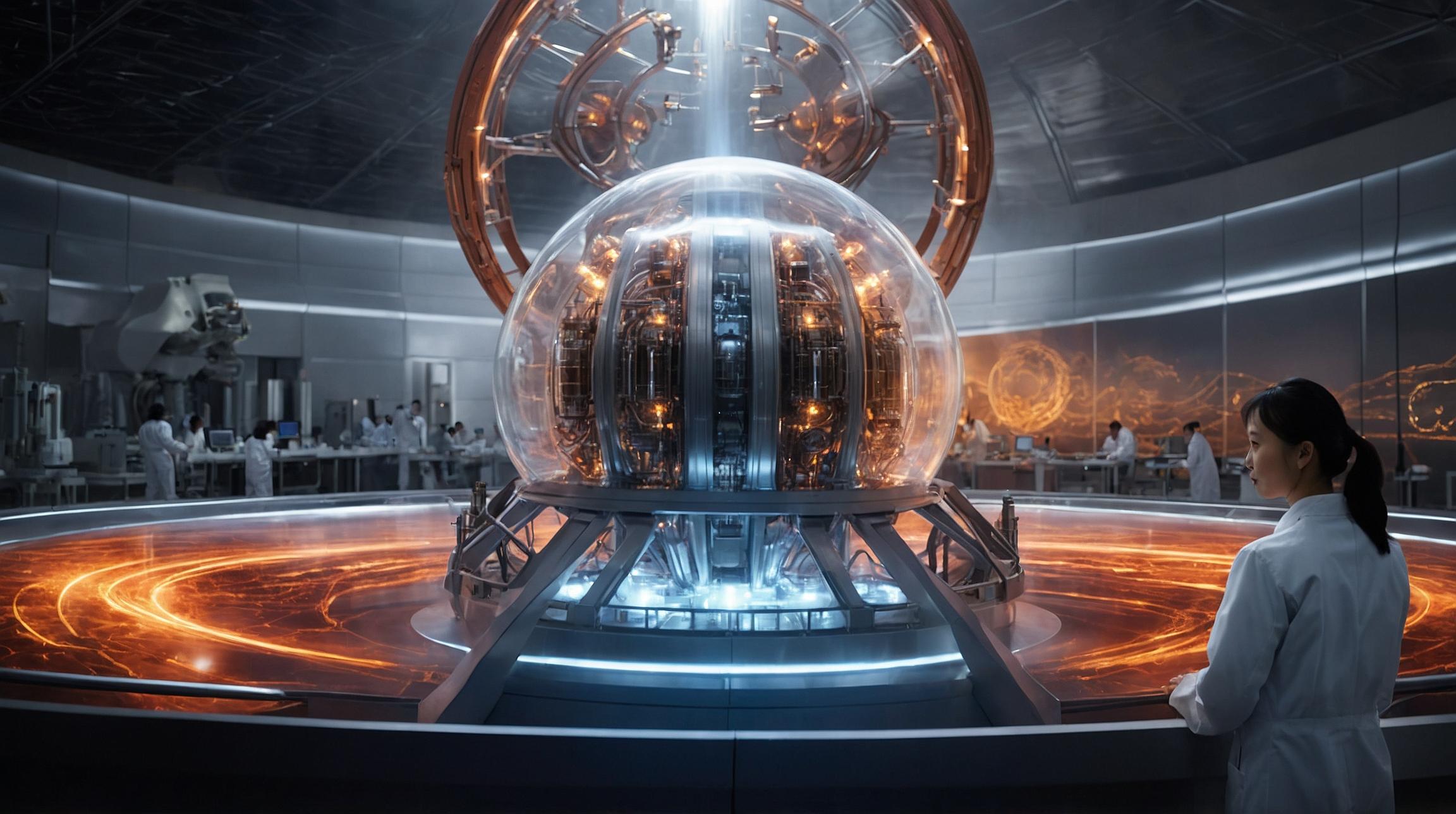The Power of Fusion Energy
Fusion energy is an exciting prospect in the field of power generation. It seeks to replicate the powerful reactions that occur in the sun and stars. This involves combining two light atomic nuclei to form a heavier nucleus, releasing vast amounts of energy. This energy release process is the opposite of nuclear fission, which splits heavy atoms.
To provide a simple analogy, imagine two small magnets. To stick them together, you must overcome their resistance to each other, similar to the atomic forces at play in fusion. The primary fuels for this process are deuterium and tritium, both forms of hydrogen.
Challenges in Achieving Fusion
Achieving fusion requires overcoming significant obstacles. The atomic nuclei need to overcome their natural repulsion. This typically demands temperatures over 100 million degrees Celsius—hotter than the sun's core! While the theory of fusion is well-understood, practical challenges remain, such as containing the hot plasma and developing materials that can withstand these extreme conditions.
U.S. Fusion Research Initiatives
The United States has been engaged in fusion research since the 1950s, supported by government funding and increased private sector involvement. Key U.S. projects include:
- The Department of Energy's Fusion Energy Sciences program.
- The Princeton Plasma Physics Laboratory.
- The DIII-D National Fusion Facility in California.
- The National Ignition Facility in Livermore, California.
In December 2022, the National Ignition Facility achieved a significant milestone by attaining net energy gain from a fusion reaction, meaning more energy was produced than consumed.
China's Rising Influence in Fusion
China has recently intensified its efforts in fusion, posing a competitive challenge to the U.S. It has significantly increased investments, outspending other countries, including the U.S., in 2023. China is also working to dominate the fusion energy supply chain, much like they have with solar power components and electric vehicle batteries.
Strategic Importance of Fusion Energy
Senators and experts stress the strategic importance of maintaining leadership in fusion technology. Fusion energy promises a stable and carbon-free energy source, crucial for tackling climate change. Maintaining leadership is viewed as a national security issue, as it could help shield the U.S. from geopolitical dependencies.
Moving Forward: Collaborative Efforts
To continue advancing in fusion technology, experts recommend:
- Innovation: Address critical scientific and technological gaps.
- Partnerships: Build strong public-private partnerships.
- Infrastructure: Develop a robust manufacturing network for fusion technology.
The Role of Competition
While some suggest collaborating with China to help reduce global coal reliance, others argue that competition drives innovation. The U.S. aims to secure its supply chain and dominate the fusion market to prevent China from gaining geopolitical influence.
The race for fusion energy is not just about scientific achievement but also about securing a leading position in the global energy landscape.













